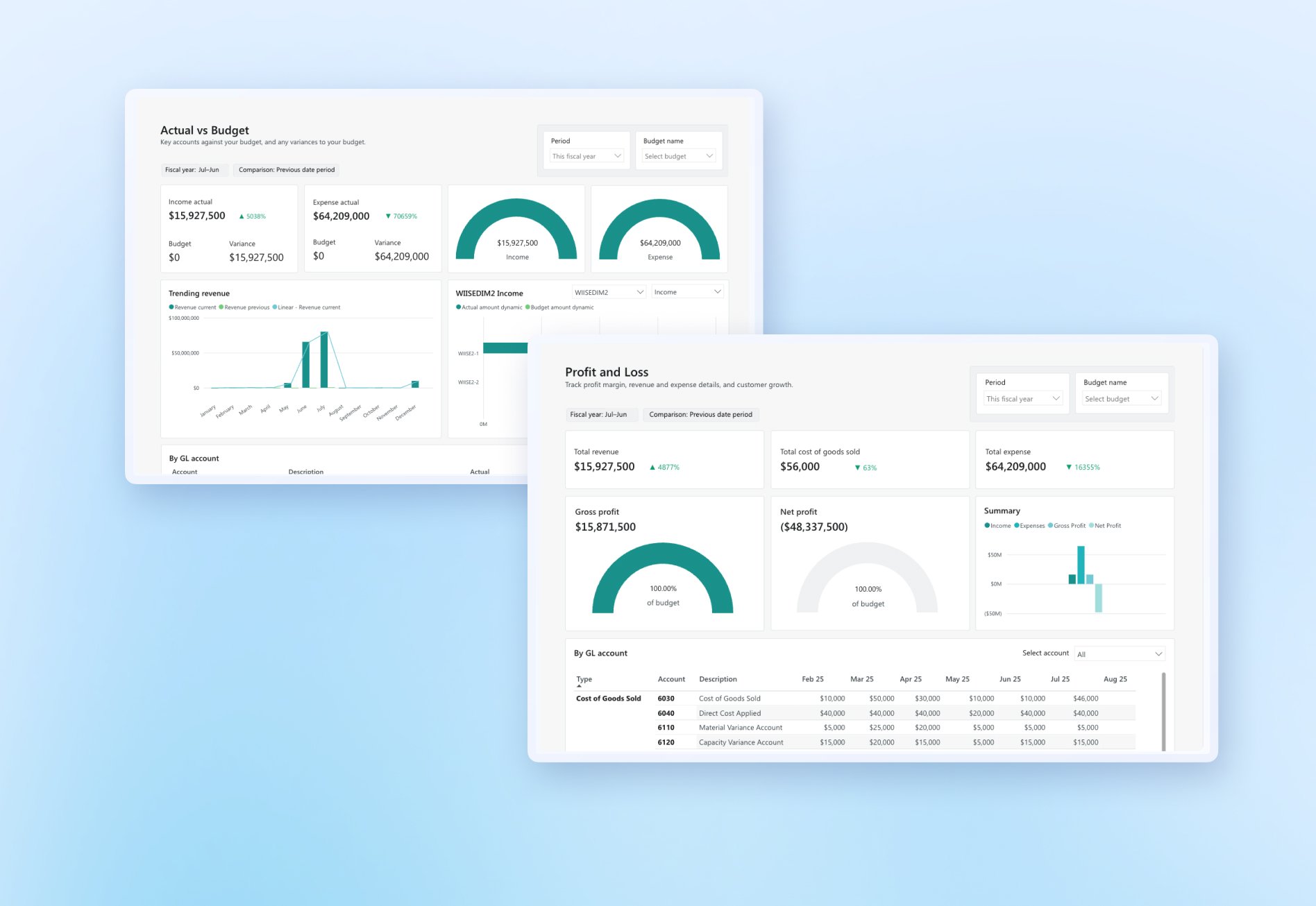This article by Wiise CEO Charlie Wood first appeared in Australian Manufacturing News on 29/11/21.
The manufacturing and supply chain industries have undergone a massive change in the last two years due to the Covid-19 pandemic. Lockdowns and travel restrictions have caused immense disruption locally and globally, but have also accelerated the adoption of cloud-based technologies in the sector.
While global markets remain volatile, trade is starting to bounce back. There are exciting opportunities ahead for businesses that invest in the right processes and technologies for the new era of the supply chain and these three tech-trends will be key.
The rise of anywhere economy and asynchronous model
Today’s supply chains are increasingly complex, involving an ever-widening range of stakeholders across the globe. As we’ve seen with the pandemic, one problem can affect the whole supply chain. But it’s not always initially clear where the bottleneck is or how to resolve it. If a factory in China can’t supply a particular component, can it be sourced elsewhere?
Once every part of the supply chain gets connected digitally, companies will be able to get a real-time pulse of their business. Through intelligent ERP systems, they’ll know what stock is where and be able to track and divert shipments, with backup routes and providers to avoid any obstacles and outages.
If there’s a sudden change in border restrictions or a shipping route is closed (e.g. the Suez Canal blocking in March 2021) the system will help calculate and re-route alternative options.
Businesses will also look for more efficient ways to collaborate with customers, employees, and partners. With the rise of the asynchronous model of work, we will see an increase in shorter, 'button-click', in-app meetings like Slack’s Start Huddle which will slowly replace longer, scheduled meetings.
Democratised IT is the new norm
Businesses of any size can now access sophisticated platforms that leverage AI and machine learning. Businesses are 'buying up' and getting access to higher level products than they used to. Formerly enterprise-grade technology is now accessible to much smaller businesses.
Thanks to cloud-based, SaaS platforms, there’s no longer a need to worry about having capital upfront to invest in a solution. Nowadays, the latest technology available in the market is accessible to anyone and includes the cost of IT support and maintenance.
It also means that smaller companies can connect with larger partners and suppliers using the same or intercompatible systems.
Trust and transparency will prevail
2022 will be a critical year for all stakeholders. Trust will be a key currency for all transactions, with customers increasingly demanding robust ethical policies and processes. Forrester notes that 'consumers swinging toward trust are willing to believe in a brand’s good intentions; those gravitating toward distrust doubt that companies will keep their promises.'
Transparency will also become paramount in corporate culture and practices, from operations to supply chain. Technology has an important role to play here, being able to provide real-time data as well as manage security and privacy aspects.
With SaaS platforms taking care of security along with legal compliance and upgrades, smaller businesses can ensure enterprise-grade, SOC-2 cyber security compliance, which they otherwise would struggle to implement.
Given that manufacturers are experiencing increased cyber attacks, with supply chains and logistics partners also being targeted by ransomware, the industry needs to ensure that all participants have maximum protection. As supply chains become more integrated, there’s even more potential for breaches and ransomware attacks.
Trust is a major competitive advantage these days, not a cost. It’s linked to better profits and productivity, higher talent retention, and better business outcomes. Ethical policies and standards are also a regulatory requirement these days, not simply a nice-to-have.




